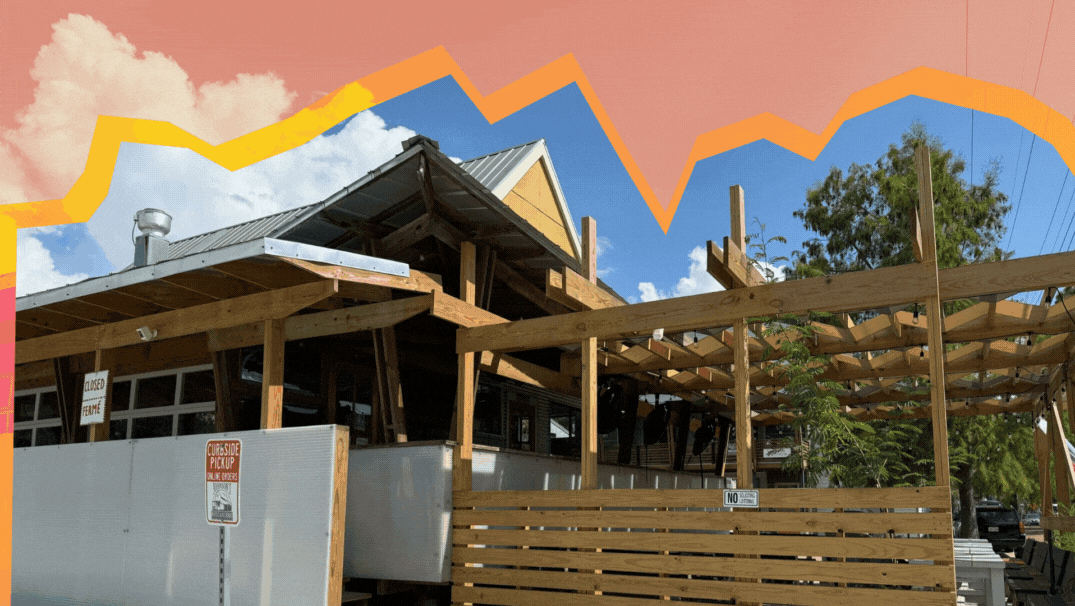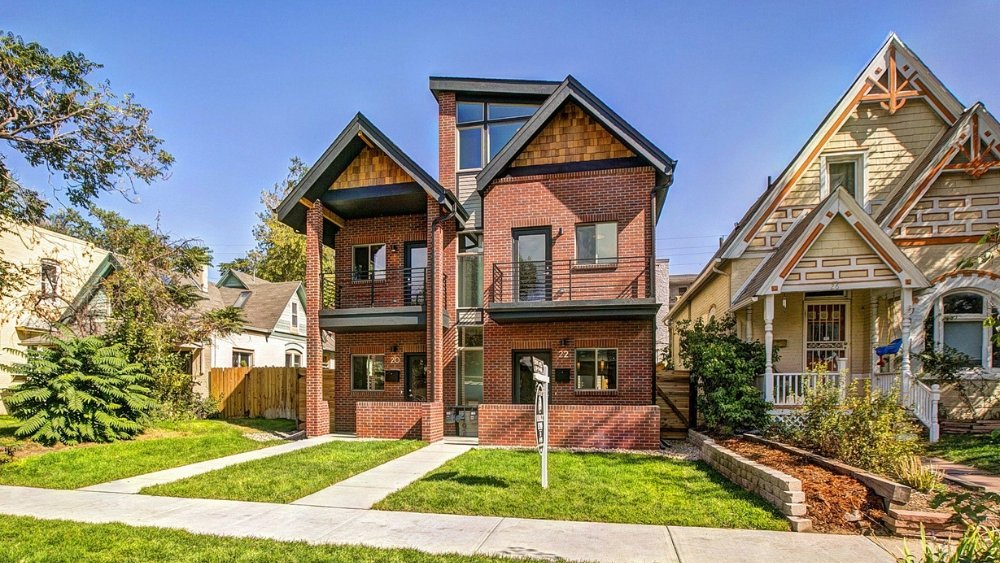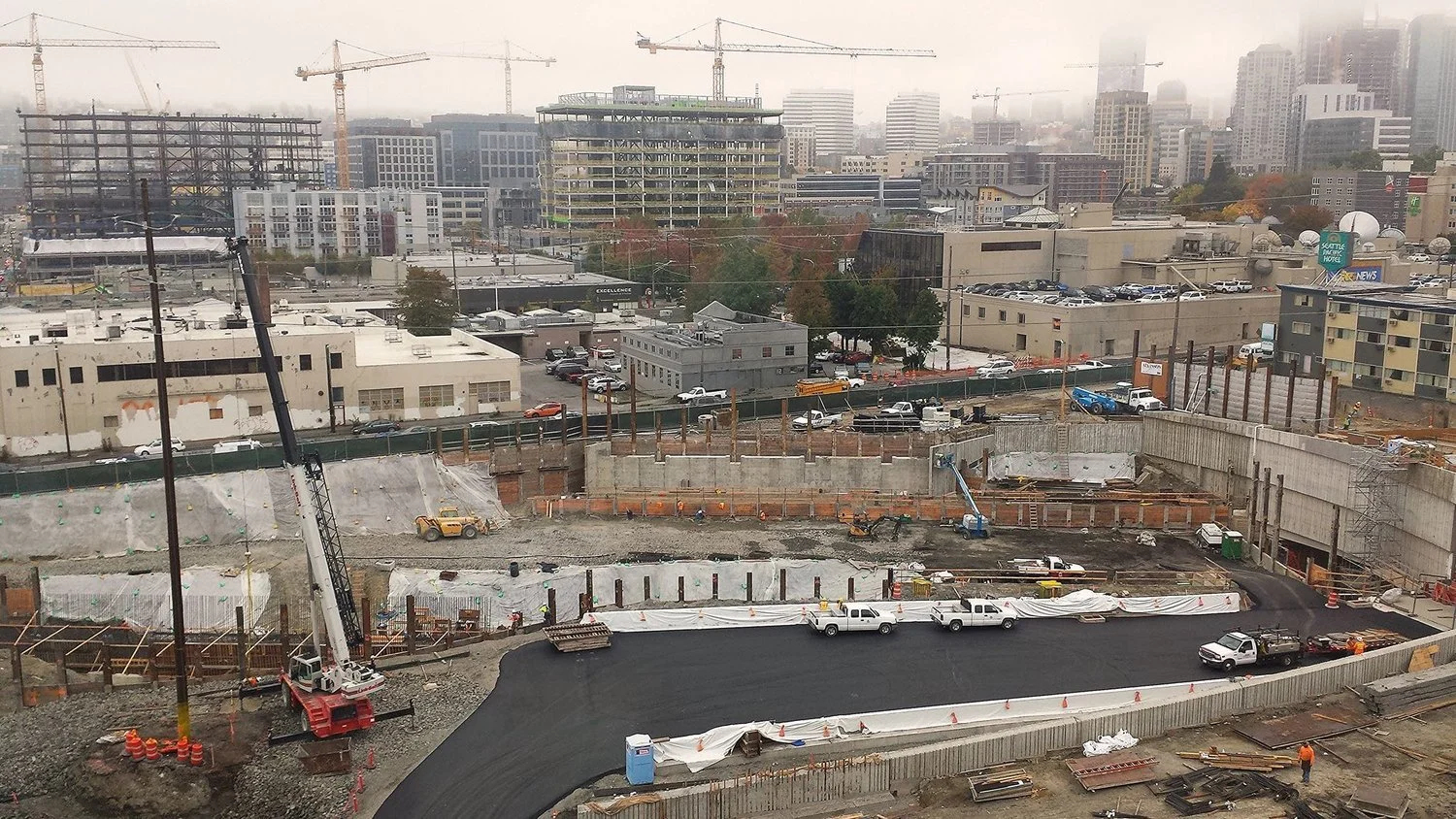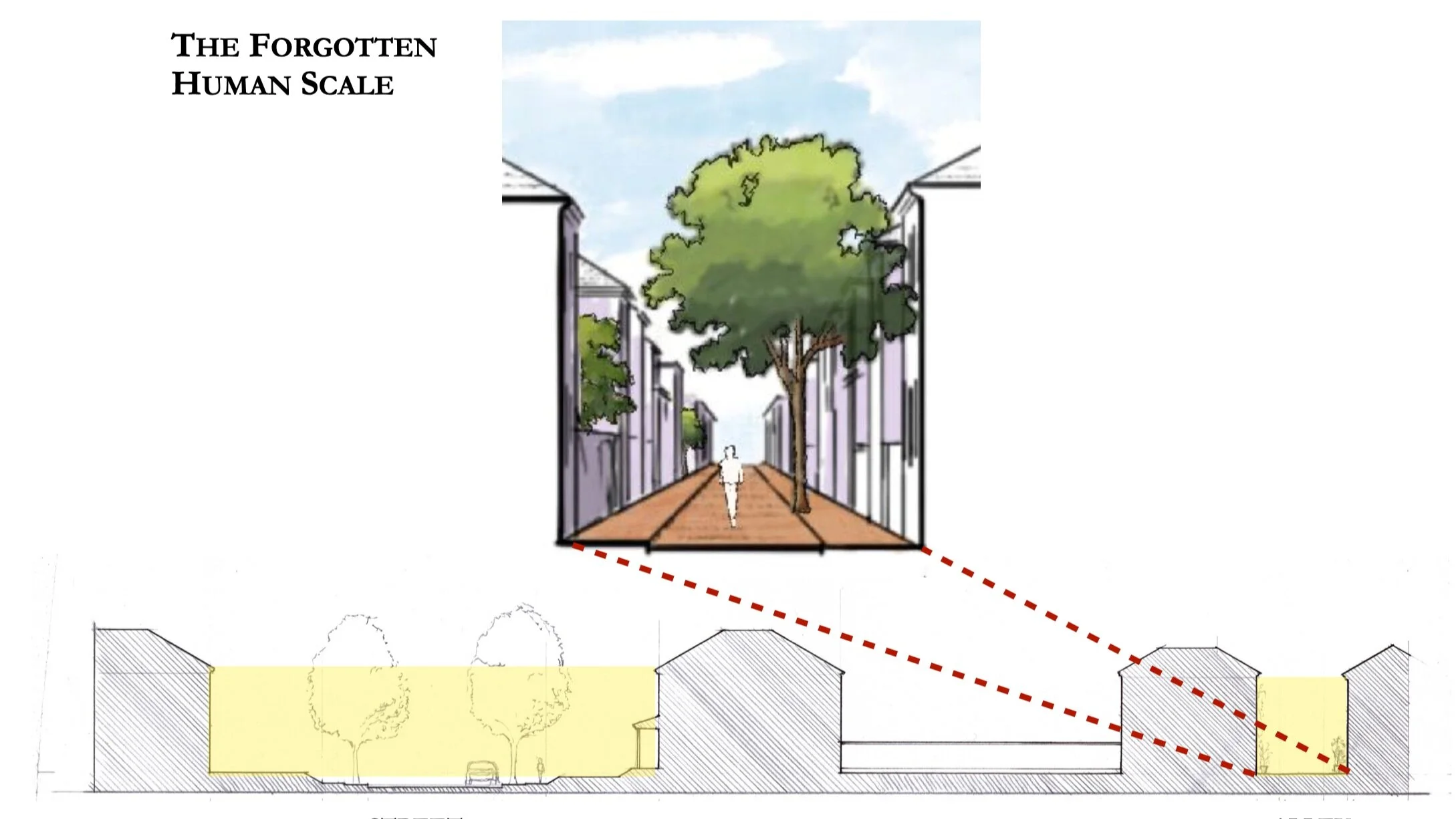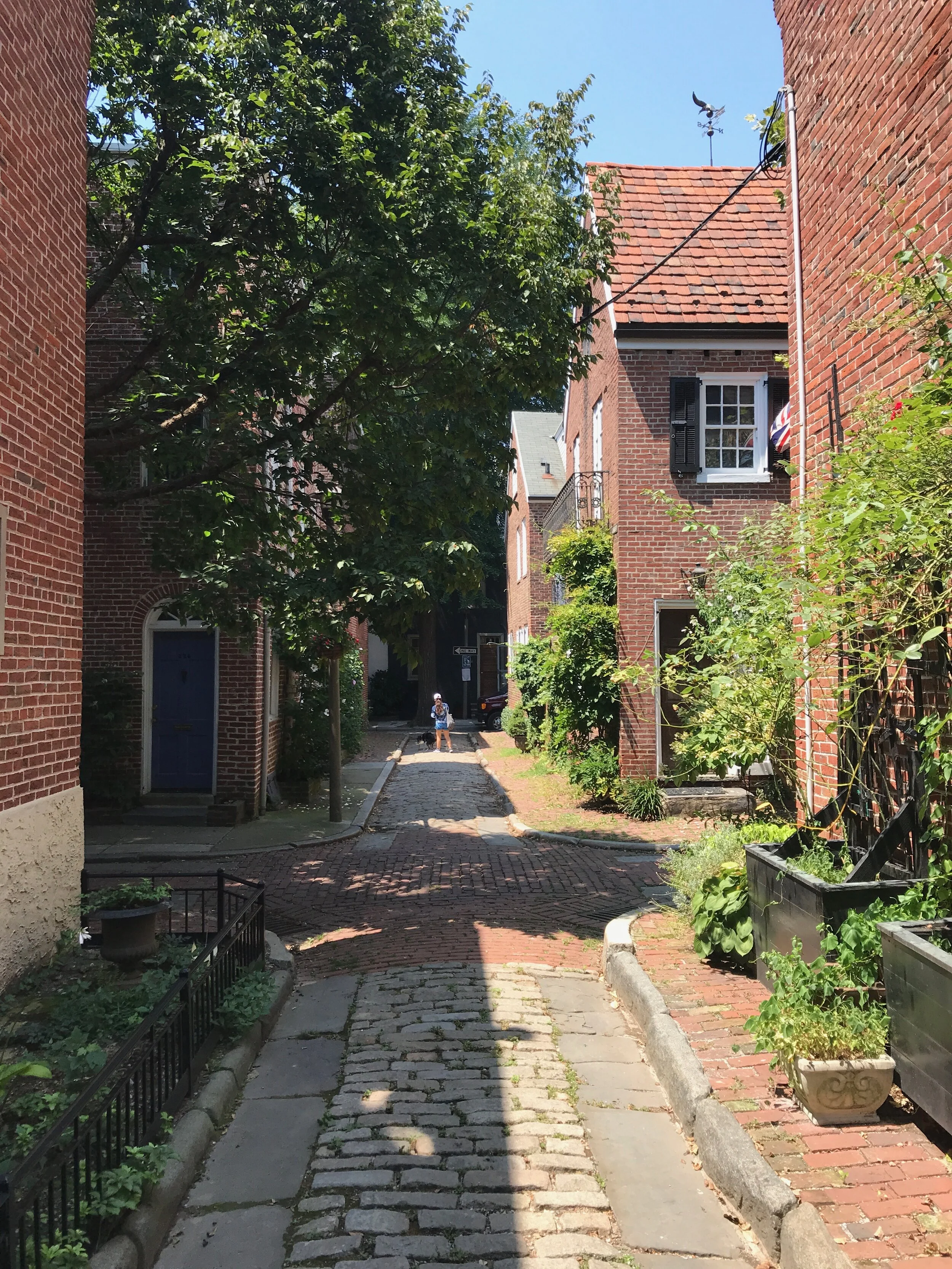Slow permitting, shifting utility requirements, and inconsistent rules threaten the small-scale development that cities rely on. Here’s one developer’s story.
Read MoreUnlocking incremental development at the scale of the lot is the most transformative thing we can do because it impacts every lot in the city or metropolitan area.
Read MoreA couple in Arkansas are showing how small-scale projects can breathe life into downtown and make homeownership more attainable for the next generation.
Read MoreCities across North America are recognizing the value of preapproved plans. Here’s why they’re so appealing and how their implementation is affecting cities.
Read MoreAll of the land used in cities can be divided into two categories: Places and Non-Places. Places are productive destinations, while Non-Places are unproductive padding between destinations. Once these Places and Non-Places are marked on a map, it becomes obvious how much land cities waste on Non-Places.
Read MoreOne major consequence of the housing crisis is increased rates of homelessness. Real estate development and design experts in Tennessee are responding by designing multiunit housing prototypes that blend in with existing neighborhoods.
Read MoreMany cities in the United States are experiencing a housing crisis, with pressure growing for someone to find a solution. But is an official solution even possible? With dysfunctional institutions and a divided culture, the “solution” might come down to individuals doing what they can in the moment.
Read MoreIn 2015, Edmonton, a city of 1 million situated in the Canadian Prairies of Alberta, was the first city in the country to adopt Vision Zero—and they’ve taken that adoption seriously.
Read MoreDowntowns are the symbolic heart and soul of a city, and the economic center, writes Emma Durand-Wood. To build a resilient one, you need diversity in housing, jobs, shops, services, and more.
Read MoreThe rhetoric around housing can get pretty heated, so here’s how one advocacy group in Winnipeg, MB, decided to show a little love and positivity to the residents of some new infill housing.
Read MoreHalf a century ago, Kansas City destroyed its downtown to make way for parking. What if we used that same no-constraints, top-down approach, but this time to right the wrongs of the past?
Read MoreWhile other places keep finding ways to say “no” to new housing, this Indiana city is offering pre-approved development templates to small-scale developers at no cost.
Read MoreThis Canadian city made an unprecedented decision to stop expanding its urban growth boundary. What comes next?
Read MoreLast week, the city council of Spokane, WA, voted on a truly “bold, transformational package” that will allow for more forms of missing-middle housing and infill development in the city.
Read MoreThe belief that we’re going to radically transform our cities from the top down defies reality. Despite widespread anxiety about urban growth and change, the vast majority of places aren’t changing very much at all.
Read MoreThese brothers are pushing for incremental infill development in Memphis, Tennessee, with a community they’re building just north of downtown.
Read MoreReal-world examples of the administrative friction that holds back small-scale developers.
Read MoreLet’s talk about master developers and how all-at-once, large-scale development doesn’t offer the environment in which resilient economic ecosystems emerge.
Read MoreThere is a human scale that has been forgotten here in America. Here’s how we might be able to reintegrate it into our cities.
Read MoreLet’s look at how alleys fell out of favor in the American development pattern, and how this relates to zoning codes and ADUs.
Read More
